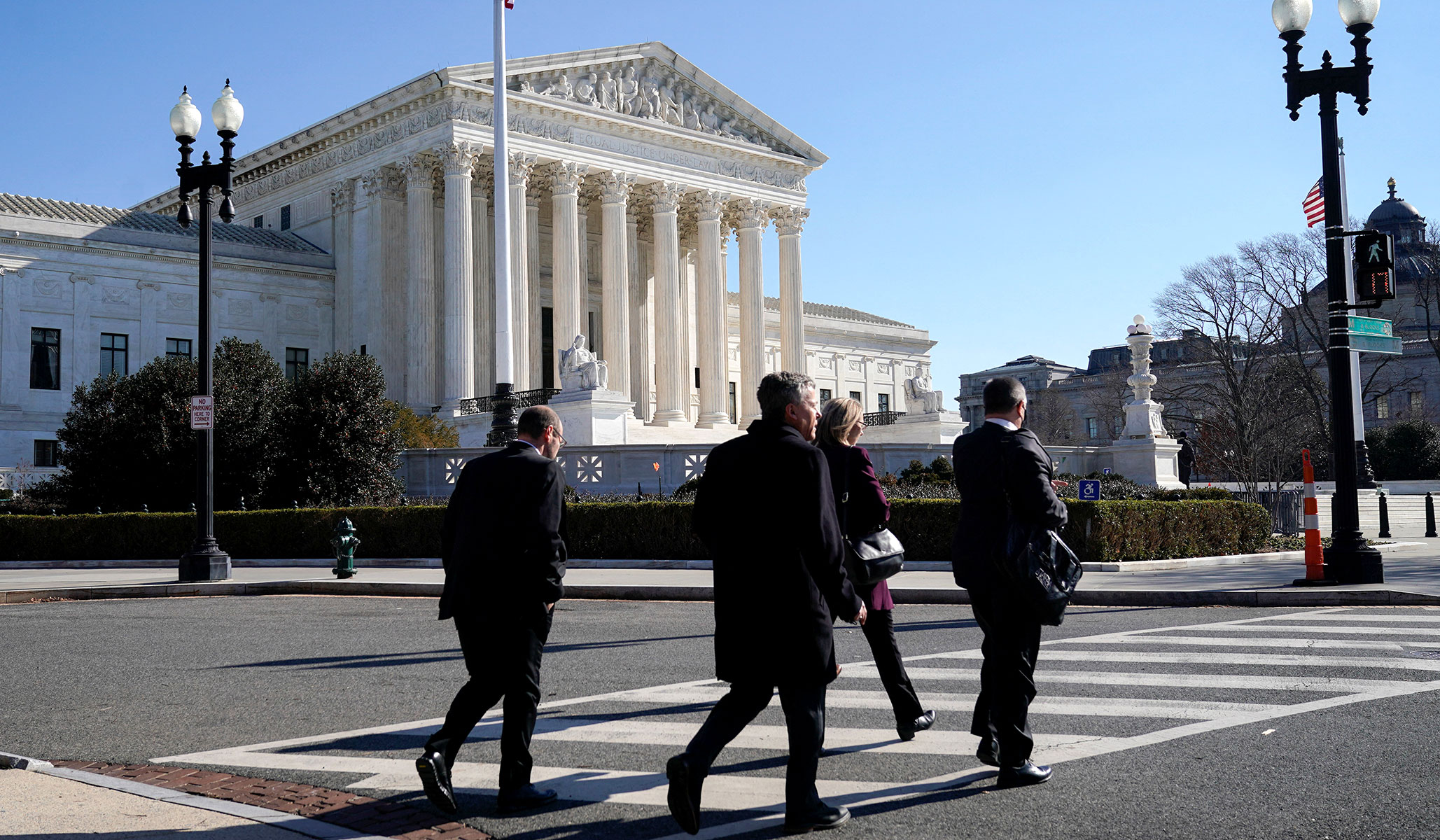


Last week, the Supreme Court ruled against the legality of the racial-preference systems used by most selective colleges and universities. After years of deference to higher-ed officials who claimed that by the use of racial preferences they could obtain superior educational results, the Court said that the constitutional requirement of equal protection means that schools taking government money cannot set different admission standards for different groups of applicants.
In today’s Martin Center article, Wenyuan Wu looks at the Court’s handiwork.
She writes,
It is important to note that the Court’s opinion does not categorically overturn decades of legal precedent, set in cases like Bakke, Grutter, Gratz, and Fisher. Rather, the ruling clarifies previous decisions and reinforces the authority of the legal scrutiny given by our Constitution to the judicial branch. Specifically, the opinion strengthens the norm of equal protection under the law and formalizes the restrictions on how universities can use race in their admissions processes, as initially outlined in the previously mentioned rulings. “Eliminating racial discrimination means eliminating all of it,” Chief Justice Roberts wrote for Thursday’s majority.
Yes, all of it. Those words have leftists, who believe in unequal treatment based on group membership, in a fit.
What about the claim that racial preferences are necessary to achieve “diversity,” which supposedly leads to more and better classroom discussions? Wu writes, “The Court’s ruling treats the political fashion of racial diversity rather critically. It invokes Grutter’s Equal Protection Clause jurisprudence by noting that universities may not operate their admissions programs on the ‘belief that minority students always (or even consistently) express some characteristic minority viewpoint on any issue.’ This is rather commonsensical: The assumption that ‘members of the same racial group—regardless of their age, education, economic status, or the community in which they live—think alike’ contradicts the very ‘diversity’ argument that colleges are attempting to make.”
Commonsensical indeed. The Court finally got away from the deceptions put up by universities to protect their obsession with racial quotas.
Wu concludes, “President Biden is right about fighting for ‘what America stands for.’ Yet America does not stand for the odious racial classifications upon which the diversity paradigm is built.”
